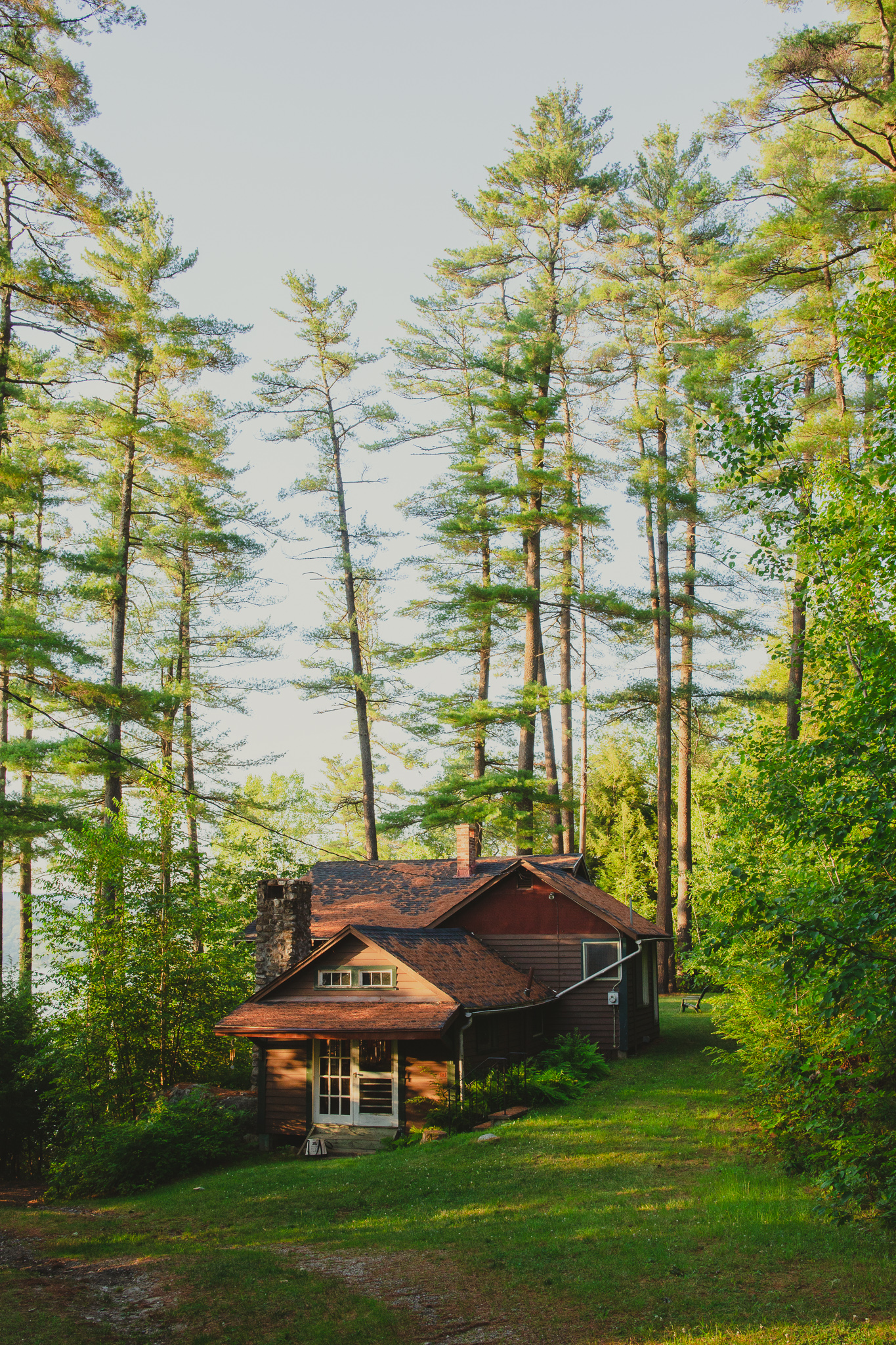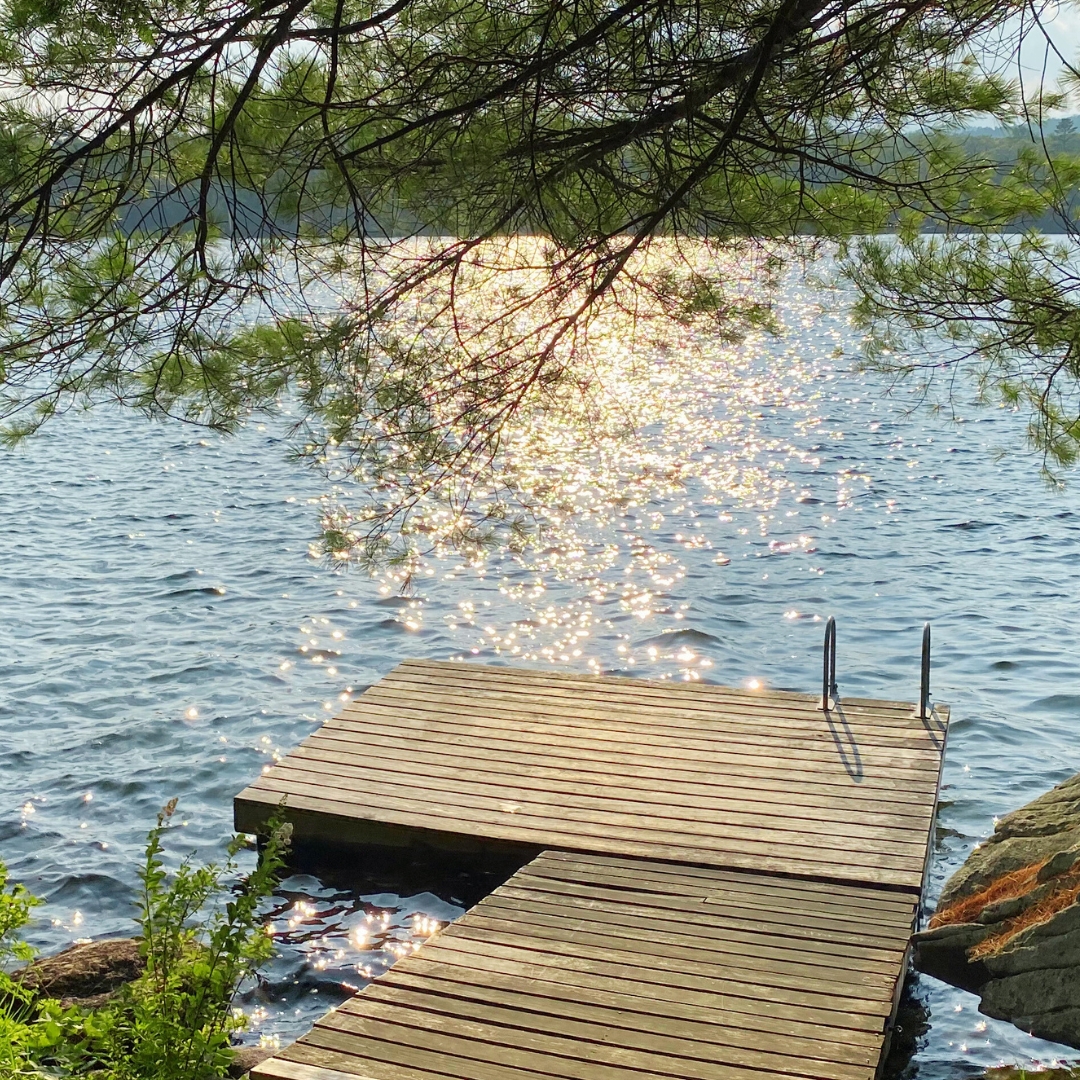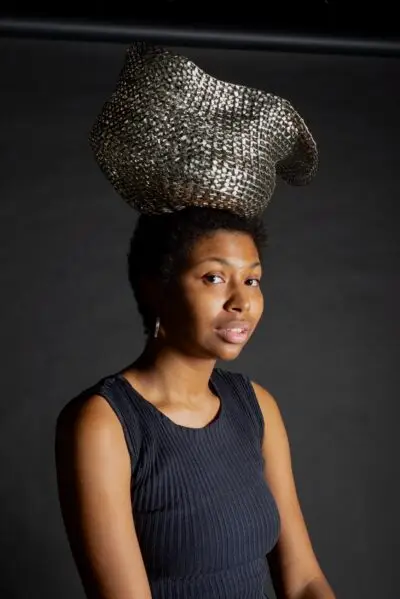1-2 Week Residencies
Short-term, fully subsidized residencies purpose-built for artists balancing busy schedules.
Hewnoaks offers a rare chance to disconnect from the pressures of daily life and dive deep into creative practice.
Your Time,
Your Way
At Hewnoaks, artists have unbounded creative freedom to use their time however serves them best.
There are no output requirements, no expectations to share a finished work, and no mandatory community-facing obligations.
All Artists Welcome
Hewnoaks welcomes emerging and mid-career artists across all disciplines and identities.
Whatever your background, whatever your medium, we offer a safe, supportive space to bring your vision to life.






